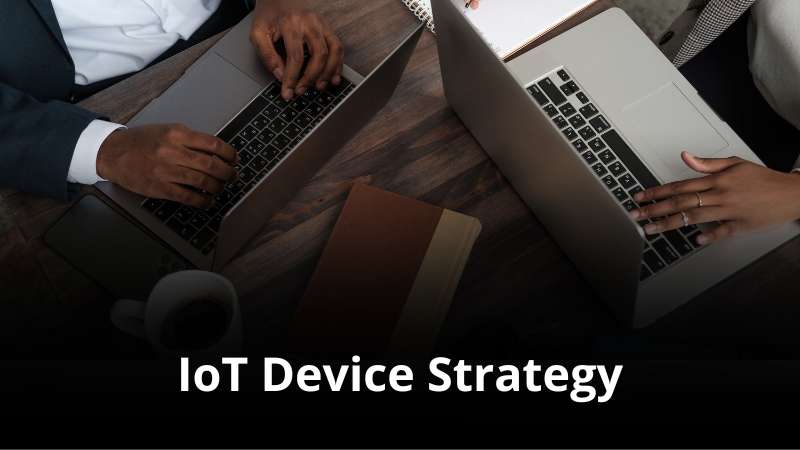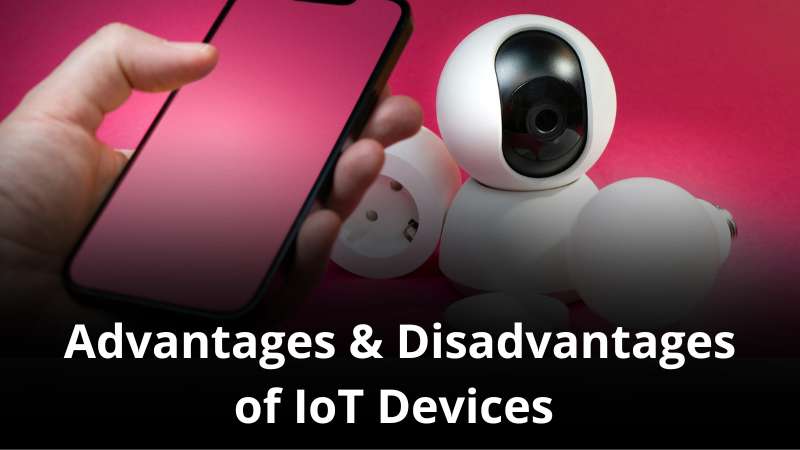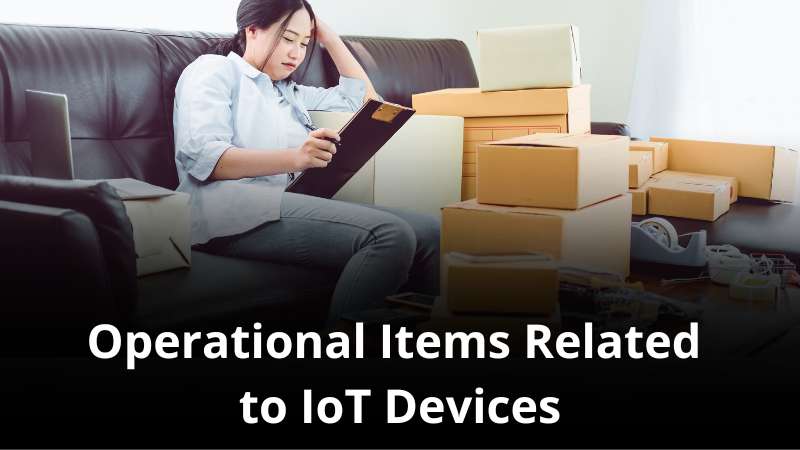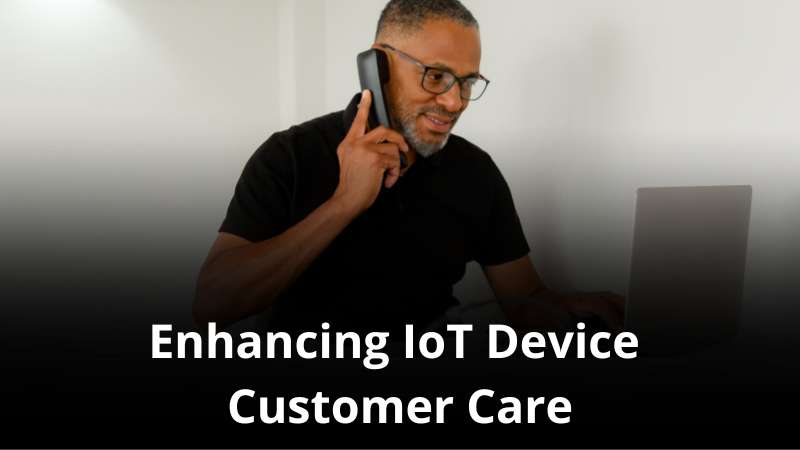Introduction about the IOT Device Strategy
The strategic integration of IoT devices is rapidly becoming a pivotal component of forward-thinking MVNO business models. Recognizing the immense potential of interconnected devices, MVNOs are increasingly expanding their service portfolios beyond traditional connectivity, venturing into the realm of comprehensive IoT solutions. This strategic shift, while promising substantial revenue growth and enhanced customer engagement, necessitates a deep understanding of the unique challenges and opportunities presented by IoT devices. This document outlines the core elements of an effective IoT Device Strategy, focusing on device selection, targeted marketing, financial considerations, and the establishment of sustainable operational frameworks.
However, success depends on a well-planned strategy, especially when it comes to mobile/cellular devices. Let’s explore the key aspects of Mobile/Cellular Device strategy, including selection, marketing, financial impact, ensuring your venture is both successful and sustainable.
What do you need to know about IOT Device Strategy?
IOT Device Selection for Targeted Applications
The selection of IoT devices must align with specific industry applications and use cases. This involves a deep dive into device capabilities, reliability, and compatibility within diverse operating environments.
Industrial IoT (IIoT) Devices: Ruggedized sensors, asset trackers, and remote monitoring systems designed for harsh environments and demanding applications.
Smart City IoT Devices: Environmental sensors, smart lighting controls, and traffic management systems optimized for urban deployments.
Healthcare IoT Devices: Remote patient monitoring devices, medical wearables, and diagnostic tools with stringent regulatory compliance.
Agricultural IoT Devices: Soil sensors, weather stations, and precision agriculture tools designed for optimizing resource utilization.
Logistics and Supply Chain IoT Devices: Tracking devices, environmental sensors, and inventory management systems for efficient supply chain operations.
Partnerships with specialized IoT device manufacturers are crucial, requiring rigorous evaluation of device performance, security, and long-term reliability.
IoT Device Marketing and Solution Positioning
Marketing IoT devices requires a shift from traditional consumer-focused strategies to solution-oriented approaches that address specific industry pain points
Solution-Based Marketing: Emphasizing the value proposition of integrated IoT solutions, focusing on tangible benefits such as cost reduction, efficiency improvement, and data-driven decision-making.
Industry-Specific Messaging: Tailoring marketing messages to resonate with specific industry audiences, highlighting relevant use cases and addressing industry-specific challenges.
Technical Content and Demonstrations: Providing detailed technical specifications, case studies, and live demonstrations to showcase the capabilities of IoT devices and solutions.
Strategic Go-to-Market Approach for IoT Deployments
A successful go-to-market strategy for IoT devices involves a phased approach, emphasizing pilot programs and industry-specific trials.
Pilot Programs and Proof-of-Concept (PoC) Deployments: Conducting pilot programs with targeted industry partners to validate IoT solutions and gather real-world data.
System Integrator Partnerships: Collaborating with system integrators to offer complete IoT solutions, including device integration, data analytics, and application development.
Value-Added Reseller (VAR) Networks: Establishing VAR networks to expand market reach and provide localized support for IoT deployments.
Integrated Marketing Communications for IoT Solutions
Building brand awareness and driving demand for IoT solutions requires a multifaceted marketing communications strategy.
Technical White Papers and Case Studies: Publishing in-depth technical content and case studies to establish thought leadership and build credibility.
Industry-Specific Webinars and Workshops: Hosting webinars and workshops to educate potential customers about the benefits of IoT solutions.
Online Forums and Communities: Engaging with online forums and communities to build relationships with industry professionals and influencers.
IoT Device and Solution Pricing Models
Pricing IoT devices and solutions requires flexible models that reflect the value delivered to customers.

Subscription-Based Pricing: Offering subscription-based pricing models that include device management, data analytics, and ongoing support.
Usage-Based Pricing: Implementing usage-based pricing models based on data consumption, API calls, or device activity.
Project-Based Pricing: Offering project-based pricing for customized IoT solutions, tailored to the specific needs of enterprise customers.
Financial Impact of IoT Device Integration
Integrating IoT devices into service offerings presents both financial opportunities and challenges.

Positive Financial Impact
- Recurring revenue from subscription-based IoT services.
- Increased customer lifetime value (CLTV) through long-term IoT contracts.
- Higher margins on specialized IoT solutions and value-added services.
Negative Financial Impact
- Significant upfront investments in IoT device inventory and infrastructure.
- Increased operational costs associated with data management, security, and support.
- Longer sales cycles and higher customer acquisition costs (CAC) for enterprise IoT deployments.
Frequently Asked Questions
1. What are the critical security considerations for IoT device deployments?
Security in IoT deployments is a multifaceted concern that demands a holistic approach. Device security itself necessitates implementing secure boot processes, ensuring reliable firmware updates, and leveraging hardware-based security features to protect against tampering and unauthorized access. Network security requires the utilization of robust secure communication protocols, such as TLS/SSL, along with network segmentation to isolate critical systems and intrusion detection systems to identify and mitigate potential threats. Data security mandates encryption both at rest and in transit, strict access controls to limit data exposure, and adherence to all relevant data privacy regulations. Furthermore, conducting regular security audits and penetration testing is crucial for identifying and addressing vulnerabilities proactively, ensuring the ongoing security and integrity of the IoT ecosystem.
2. How can MVNOs leverage data analytics to optimize IoT device performance?
Data analytics offers MVNOs a powerful toolset for optimizing IoT device performance and service delivery. By implementing real-time monitoring, MVNOs can track critical device metrics, such as connectivity status, battery life, and sensor data, enabling proactive maintenance and issue resolution. Predictive analytics can be employed to forecast device failures and optimize maintenance schedules, minimizing downtime and maximizing operational efficiency. Analyzing usage patterns provides valuable insights into data consumption and device behavior, allowing MVNOs to optimize service plans and resource allocation. Creating data dashboards visualizes device data, allowing for easy trend finding, and helping with decision making.
3. What are the key connectivity options for IoT devices, and how do they impact network design?
The choice of connectivity options significantly impacts IoT network design. Cellular technologies, such as LTE-M and NB-IoT, are ideal for long-range, low-power applications, offering wide coverage and reliable connectivity. Low Power Wide Area Networks (LPWANs), such as LoRaWAN and Sigfox, are well-suited for low-bandwidth, long-range applications, providing cost-effective connectivity for sensor networks and asset tracking. Wi-Fi is suitable for short-range, high-bandwidth applications, enabling high-speed data transfer within localized environments. Bluetooth is optimal for short-range, low-power applications, facilitating communication between devices in close proximity. Network design must consider factors such as coverage requirements, bandwidth needs, latency sensitivity, and power consumption constraints to ensure optimal performance and efficiency.
4. How can MVNOs manage the lifecycle of diverse IoT devices?
Effective lifecycle management of diverse IoT devices requires a comprehensive approach encompassing several key stages. Device provisioning involves streamlining device activation and configuration, ensuring seamless integration into the network. Implementing remote firmware update capabilities is crucial for maintaining device security and functionality over time. Device monitoring allows for tracking device health and performance, enabling proactive maintenance and issue resolution. Secure device decommissioning involves securely wiping data and disposing of devices in compliance with environmental regulations. To manage all these processes effectively, MVNOs should utilize a robust device management platform that provides centralized control and visibility over the entire device lifecycle.
5. What are the benefits of MVNO's providing IOT solutions, and how does this affect their market position?
Providing IoT solutions offers MVNOs numerous benefits, including diversified revenue streams through recurring subscription-based services, enhanced customer loyalty by providing value-added IoT solutions, and a competitive differentiation by establishing a unique market position. Furthermore, the data-driven insights gained from IoT deployments can provide valuable information on customer behavior, and industry trends. This strategic move allows the MVNO to transition from a mere connectivity provider to a comprehensive solution provider, expanding their market reach and strengthening their position in the evolving telecommunications landscape.
Summary of Building a Successful IoT Device Strategy
A successful IoT device strategy requires a deep understanding of industry-specific applications, a solution-oriented marketing approach, flexible pricing models, and a commitment to long-term customer relationships. By focusing on these key elements, MVNOs can unlock the immense potential of the IoT market and establish themselves as leaders in the connected future.
